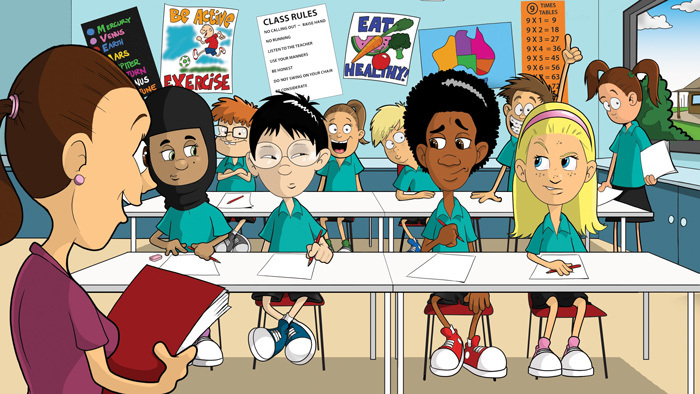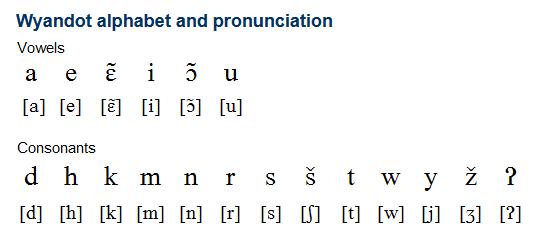<center></center>
Measured in terms of travel time, the world today is much smaller than it has ever been. It is possible now to fly halfway around the globe in the time it took people less than a century ago to travel to the next state, district or region. In the realm of communication the world is even smaller.
We can talk to someone on the other side of the globe in a matter of minutes, as we can send that person a message (by fax or Internet) in seconds, and through television we can see live coverage of events in that person’s country.
More and more people are drawn into the world market economy, buying and selling similar things and, as a consequence, altering the patterns of their lives in sometimes similar ways. Still, although modern transportation and communication facilitate the rapid spread of some cultural characteristics to all parts of the globe, it is highly unlikely that all parts of the world will end up the same culturally.
Cultures are bound to retain some of their original characteristics or develop distinctive new adaptations. Even though television has diffused around the world , local people continue to prefer local programs when they are available. And even when people all over the world watch the same program, they may interpret it in very different ways.
People are not just absorbing the messages they get, but, they often resist or revise them. Until recently, it has been generally assumed that the differences between people of different cultures would become minimal.
But in the last 30 years or so, it has become increasingly apparent that, although many differences disappear, many people are affirming ethnic identities in a process that often involves deliberately introducing cultural difference.
The ***Huron language*** had disappeared and the ***lives of the Huron*** were not obviously distinguishable from those of the French Canadians around them.
<center></center>
The Huron then developed a new identity as they actively worked to promote the rights of the indigenous people like themselves. That their new defining cultural symbols bore no resemblance to the past Huron culture is beside the point.
One fascinating possibility is that ***ethnic diversity*** and ***ethnogenesis*** may be a result of broader processes. Ethnic diversity appears to be related to environmental unpredictability, which is associated with ***the distance from the equator.***
There appears to be many more cultural groups nearer to the equator than in very northern and southern latitudes. Perhaps, environment unpredictability necessitates wider ties between social groups to allow cooperation in case local resources fail.
This may minimize the likelihood of cultural divergence, that is, ethnogenesis. Hence there will be fewer cultures further from the equator.
Cultural change should further increase our understanding of how and why various types of change are occurring. If we can increase our understanding of cultural change in the present, we should be better able to understand similar processes in the past.
All cultures have changed overtime; variation is the product of differential change. Thus, the variations we see are the products of change processes, and the discovered predictors of those variations may suggest how and why change occurred.
***1. Culture is always changing. Because culture consists of learned patterns of behavior and belief, cultural traits can be unlearned and learned as new as human needs change.***
***2. Discoveries and inventions, though ultimately the sources of all cultural change, do not necessarily lead to change.***
Only when society accepts an invention or discovery and uses it regularly can culture change be said to have occurred. Some inventions are probably the result of dozens of tiny, perhaps accidental, initiatives over a period of many years. Other inventions are consciously intended. Why some people are more innovative than others is still only incompletely understood.
There is some evidence that creativity and a readiness to adopt innovations may be related to socioeconomic position.
***3. The process by which cultural elements are borrowed from another society and incorporated into the culture of the recipient group is called diffusion.*** Three patterns of diffusion may be identified:
* ***Diffusion by direct contact,*** in which elements of a culture are first taken up by neighbouring societies and then gradually spread farther afield;
* ***Diffusion by intermediate contact,*** in which third parties, frequently traders, carry a cultural trait from the originating society to another group,
* ***And stimulus diffusion,*** in which knowledge of a trait belonging to another culture stimulates the invention or development of a local equivalent.
***4. Cultural traits do not necessary diffuse, that is ,diffusion is a selective, not automatic, process.*** A society accepting a foreign cultural trait is likely to adapt it in a way that effectively harmonises it with the society’s own traditions.
***5. When a group or society is in contact with a more powerful society, the weaker group is often obliged to acquire cultural elements from the dominant group.*** This process of extensive borrowing in the context of superordinate-surbodinate relations between societies is called acculturation. In contrast with diffusion, acculturation comes about a as a result of some sort of external pressure.
***6. Perhaps the most drastic and rapid way a culture can change is by revolution, a usually violent replacement of the society’s rulers.*** Rebellions occur primarily in state societies, where there is a distinct ruling elite.
However, not all peoples who are suppressed, conquered, or colonized eventually rebel or successfully revolt against authority.
***7. Even though customs are not genetically inherited, cultural adaption may be somewhat similar to biological adaptation.*** Traits (cultural or genetic) that are more likely to be produced (learned or inherited) are likely to become more frequent in a population over time. And if culture is generally adapted to its environment, then culture change should also be genetically adaptive.
***8. Many of the cultural changes observed in the modern world have been generated, directly or indirectly, by the dominance and expansion of Western societies.***
One of the principal changes resulting from the expansion of the Western culture is the increasing dependence of much of the world on commercial exchange, that is, the proliferation of buying and selling in the markets, usually accompanied by ***the use of money as the medium of exchange.***
>The borrowed custom of buying and selling may at first be supplementary to traditional means of distributing goods, but as the new commercial customs take hold, the economic base of the receiving society alerts.
Inevitably, this alteration is accompanied by other changes, which have broad social, political, and even biological and psychological ramification.
***9. The growing influence of Western societies has also led to religious change in many parts of the world.*** In many societies, such change has been brought about intentionally through the efforts of missionaries.
***10. One of the most striking types of cultural change in the modern world is the spread of the democracies.*** Participatory political institutions are now found in a majority of the worlds countries.
***11. Lastly, globalization, the spread of cultural features around the world, is minimizing cultural diversity, but it is not eliminating it.***
 hiveblocks
hiveblocks